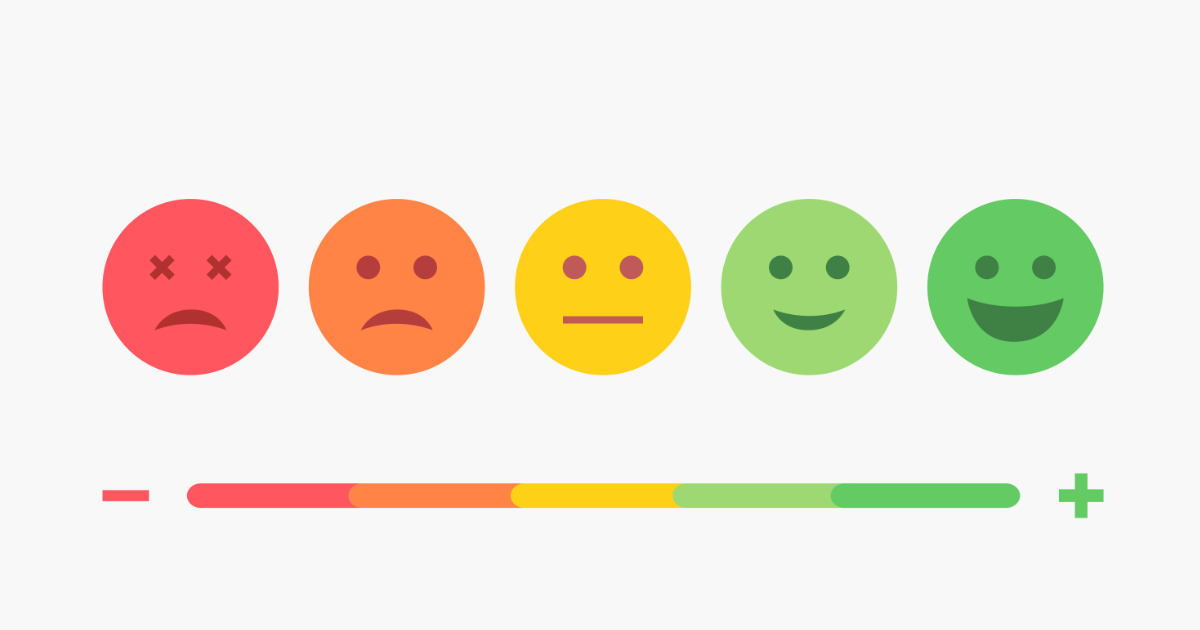In a previous blog, I outlined 14 different metrics that contact centers should be tracking to improve customer experience. However, these metrics are designed to influence real-time decision making in your contact center.
In this blog, I outline three critical customer service metrics that organizations are using to answer broader business questions including:
- Are my customers happy with my products and services?
- Are my customers willing to recommend my product or services to others?
- Do my customers find is easy to resolve issues that arise when using my products and services?
Not only is it difficult for companies to consistently generate “yes” answers to these questions — many companies struggle to be able to answer these questions at all. That’s why we recommend building a strategy around tracking, and improving upon, the top three customer service metrics: CSAT, NPS®, and CES.
What Is Customer Satisfaction (CSAT)?
Customer satisfaction or CSAT is a broad metric that seeks to understand how satisfied your customers are with your product and/or service at any given point in time. It’s important to distinguish satisfaction from happiness — your customers may be satisfied with a customer service interaction, even if they aren’t necessarily happy with what precipitated the need to interact with your service team to begin with. When tracked and analyzed over a period of months and years, CSAT can be an incredibly powerful data point for understanding the operational performance of your business because it often takes cross-departmental initiatives to move CSAT in a positive direction. For example, CSAT may highlight a critical product deficiency that requires a response from R&D, product management, customer service, and sales to ensure that:
- Customers are not sold something that is broken or impossible
- Research and development priorities are shifted to address the deficiency
- Product managers are able to communicate the changes effectively both inside and outside of the organization
- Customer service is prepared to handle issues related to the gap in product functionality
CSAT surveys are generally sent after a customer service interaction like a ticket, phone call, or live chat. You can read more about building great CSAT surveys here.
What Is Customer Effort Score (CES)?
Customer Effort Score or CES is a metric that scores the level of difficulty customers experience when using your product or service (you can find a CES starter kit here). The methodology was developed by the Customer Executive Board (CEB) and is based on a question or series of questions that uses this answer scale:
- (1) Strongly Disagree
- (2) Disagree
- (3) Somewhat Disagree
- (4) Neither Agree nor Disagree
- (5) Somewhat Agree
- (6) Agree
- (7) Strongly Agree
For example, if an airline customer live chats with a customer service agent when needing help changing a reservation, the airline could send a survey once their reservation has been re-booked and ask “Overall, how easy was it to change your reservation with [airline] today?” and allow the customer to select from these 7 options.
The CEB has found that moving a customer from a 1 to a 5 boosts their loyalty by 22%, while moving a customer from a 5 to a 7 only boosts loyalty by 2%.

While CSAT is a transactional measure and NPS is a relationship metric, CES can be either. For example, think about a recent experience you had with Amazon. You could give a CSAT score on your order or how your package was delivered, NPS feedback on your overall relationship with Amazon, and provide and effort score based on either your order transaction or ease of doing business with Amazon overall.
What Is Net Promoter Score (NPS)?
Net Promote Score® or NPS (a metric co-created by Satmetrix which is now part of the NICE family) is a customer loyalty measure that predicts your ability to retain existing customers and acquire new ones. It measures the strength of the customer relationship.
Organizations generally track NPS in regular intervals that are not tied to individual customer service interactions. NPS is best deployed as part of a targeted, relationship-focused survey beginning with these 2 questions:
- On a scale from 0 to 10, how likely are you to recommend [brand] to a friend or colleague?
- An open-ended field that asking customers to explain the reason for the score.
Tracking your customers’ loyalty — measured by asking how likely they are to recommend you — has the unique advantage of offering a leading indicator of growth. When combined with other measures of the customer experience, NPS lets you confidently prioritize the changes in customer experience that will have the greatest impact on your bottom line. (You can learn more by downloading NICE Satmetrix’s ebook on The ROI of NPS.)

Are you tracking these 3 customer service metrics in your contact center? If not, contact us today to learn how our industry-leading cloud contact center software can help!
Net Promoter Score, Net Promoter, and NPS are trademarks of NICE Systems, Inc., Bain and Company, Inc., and Fred Reichheld.



